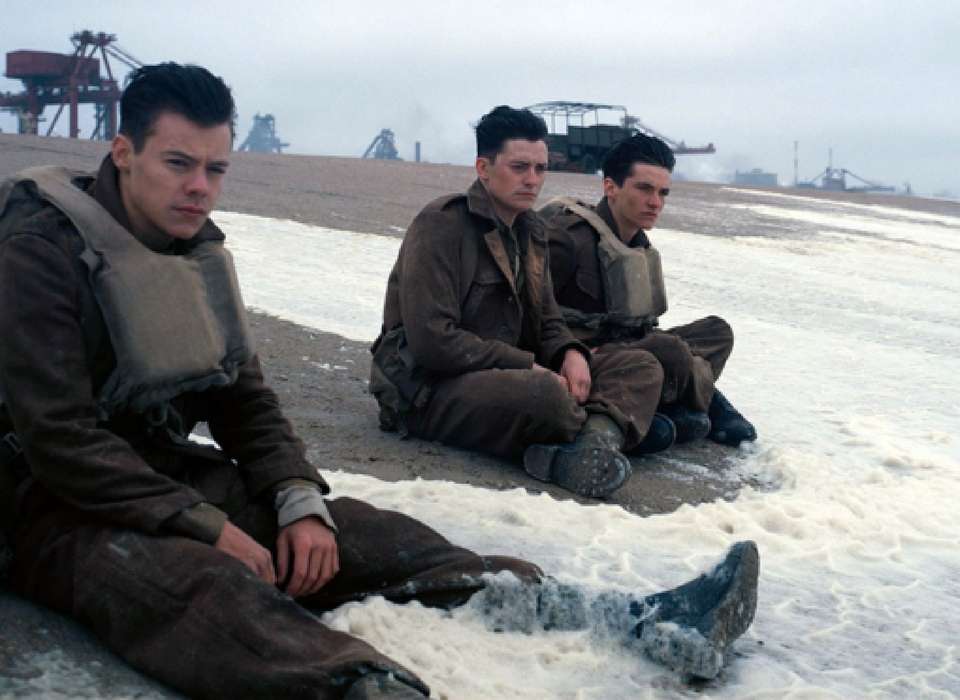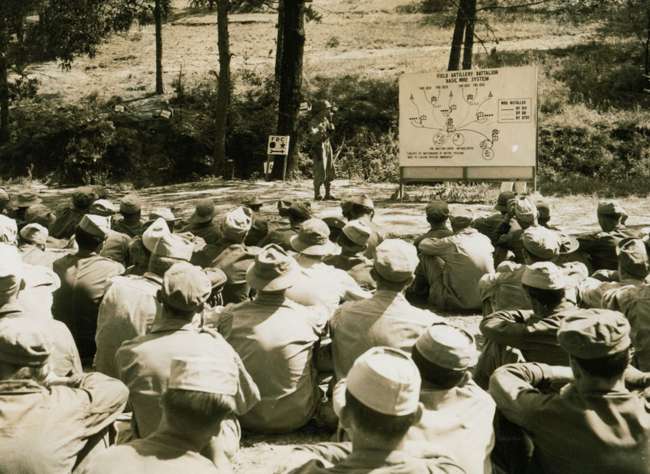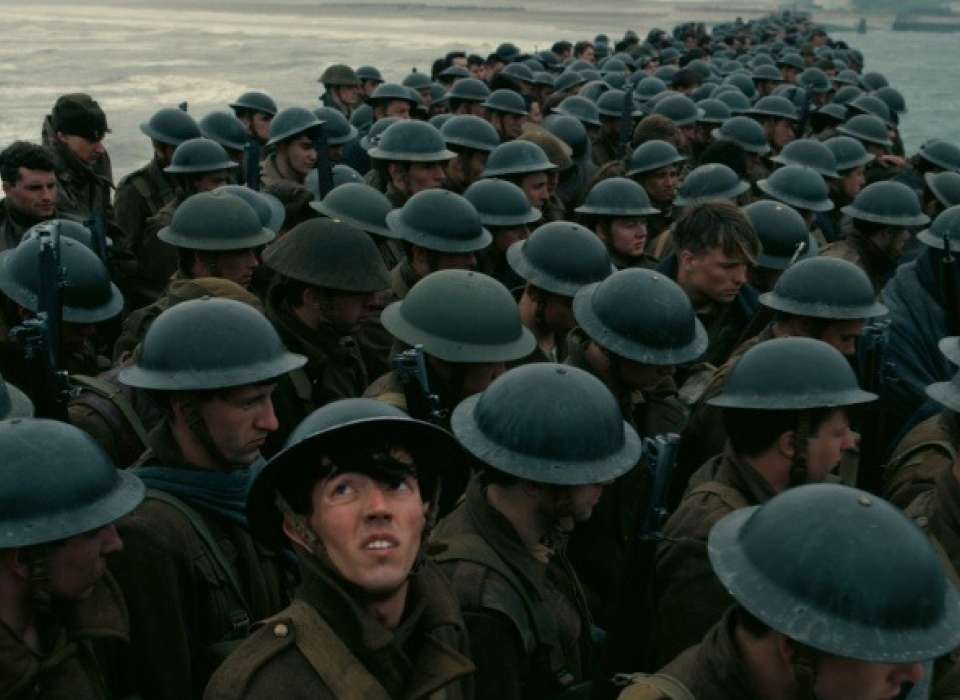Valley Forge. Little Round Top. Khe Sanh. The British evacuation from beleaguered Dunkirk in June 1940 is one of history’s great last stands, and one of World War II’s turning points. With the beaten British Expeditionary Force hunkered down in the small French port, Hitler inexplicably called a halt to his panzers just outside of the town. His decision allowed the British to evacuate over 300,000 men: troops who lived to fight another day, indeed to fight all the way to victory. While the evacuation succeeded in the end, it was a nail-biter the whole way, and the British eventually had to rely on a truly desperate expedient: a vast, motley flotilla of civilian craft—pleasure yachts, fishing trawlers, anything what would float—to get the job done.
This is epic stuff, and in his new film Dunkirk, famed The Dark Knight director Christopher Nolan dishes it up in style. He wisely avoids too much explaining or context (save for a few short captions at the start) and plunks the viewer down in media res. You’ve hardly settled in your seat before you’re a British Tommy on the “mole” outside of Dunkirk, not-so-patiently awaiting rescue by a Royal Navy destroyer, only to come under attack by screeching German dive-bombers, the dreaded Stukas. You’re an RAF fighter pilot in the cockpit of one of your country’s precious Spitfire fighter planes, crossing the Channel to engage the German Luftwaffe. You’re a kid on Britain’s Channel coast sailing off with your dad to rescue your countrymen in France. The effect is a little unsettling at first. You find yourself asking: Where am I?
And soon it barely matters. Stuff starts happening—bad stuff. You board an evacuation ship for home, and German Stukas sink it. You get on another one, and it happens again. You have one whole day of harrowing adventures and near-death experiences, and you wake the next day exactly where you started: on that same stinking stretch of beach. That civilian vessel heading for France does a good deed: it picks up a British victim of a U-boat sinking. Trouble is, he’s become completely unhinged by his ordeal, and he gets violent when he finds they’re not heading home to Britain, but back to France. “He’s not himself,” the father says. “He may never be himself again.” That Spitfire pilot isn’t alone—he’s one of a flight of three. But then the flight leader suddenly goes in the drink over the Channel. How? Why? We never really find out.
And this is as it should be. In war, you’re never sure what’s happening in the Big Picture. You’re being shot at or strafed or sunk, and as far as you know, that’s your entire universe, at least for that one terrifying moment. Nolan plays this theme relentlessly, so much so that he rarely bothers to tell you much about the characters. Dunkirk isn’t a buddy movie or a character study. It employs a minimum of dialog, and we don’t meet the Germans at all. Indeed, the Germans aren’t the enemy. The war is the enemy, threatening to overtake and kill them all at any moment.
Besides those existential lessons, you’ll learn a fair amount of history from Dunkirk. Nolan is particularly good at weaving together war’s three domains: on land, at sea, and in the air. The air battles, often a weak and confusing bore in war films, are as well-presented as any I’ve ever seen, and the German Stuka attacks, especially, are terrifying. No war film is truly realistic, but Dunkirk is as good as it gets. You’ll jump in your seat more than a few times, and the arrival of that immense civilian fleet is a stirring cinematic moment that will make you want to stand up and sing Rule, Britannia!
In the end, history tells us, most of those men get home. They’ve been beaten, sunk, and scorched, but they are still in the game. The Germans may have the upper hand for the moment, but you have a feeling that Britain isn’t dead yet. Dunkirk worked, in other words, and so does Dunkirk.
Best picture of the year.
Robert Citino, PhD
Robert Citino, PhD, is the former Samuel Zemurray Stone Senior Historian in the Jenny Craig Institute for the Study of War and Democracy.
Cite this article:
MLA Citation:
APA Citation:
Chicago Style Citation:








![Max Fuchs, New York City cantor, sings as Rabbi Sydney [sic] Lefkowitz, Richmond, VA, conducts the first Jewish services from Germany.](/sites/default/files/styles/max_650x650/public/2025-10/image1.jpg)



